
Editorial Staff: Latest Articles
-1691246481.webp)
How to Optimize Your Site for Cumulative Layout Shift (CLS)?
Optimizing your website for Cumulative Layout Shift (CLS) is crucial for providing a seamless and user-friendly browsing experience. CLS measures the amount of unexpected layout shifts that occur during page loading, which can frustrate users and negatively impact engagement. By prioritizing CLS optimization, you ensure your website delivers a positive user experience, reduces bounce rates, improves conversion rates, and gains SEO advantages. Invest in techniques such as setting dimensions for elements, reserving space for dynamic content, optimizing web fonts, and monitoring your site's CLS score to provide a visually stable and engaging browsing experience. CLS has a significant weightage on the page speed performance score. To provide a good user experience, sites should strive to have a CLS of 0.1 or less for at least 75% of page visits. The Performance score is a weighted average of the metric scores. Naturally, more heavily weighted metrics have a bigger effect on your overall Performance score. The metric scores are not visible in the report, but are calculated under the hood. The weightings are chosen to provide a balanced representation of the user's perception of performance. The weightings have changed over time because the Lighthouse team is regularly doing research and gathering feedback to understand what has the biggest impact on user-perceived performance. First Contentful Paint (FCP)- 10% Speed Index (SI)- 10% Largest Contentful Paint (LCP)- 25% Total Blocking Time (TBT)- 30% Cumulative Layout Shift (CLS)- 25%
 by Editorial Staff
by Editorial Staff
-1691246452.webp)
How to Optimize Your Site for First Input Delay (FID)?
Optimizing your website for First Input Delay (FID) is crucial for delivering a seamless user experience, improving search engine rankings, reducing bounce rates, increasing conversions, ensuring mobile-friendliness, and gaining a competitive advantage. FID measures the responsiveness of your website to user interactions, such as clicks or taps. By optimizing for FID, you ensure that your site responds quickly and smoothly to user input, enhancing the overall user experience and engagement. Users are more likely to stay on your site, interact more, and have a positive impression of your brand.
 by Editorial Staff
by Editorial Staff
-1691246405.webp)
How to Optimize your Site for Largest Contentful Paint (LCP)?
Optimizing your website for Largest Contentful Paint (LCP) is crucial for providing a better user experience, improving search engine rankings, reducing bounce rates, increasing conversions and revenue, ensuring mobile-friendliness, and staying competitive in the online landscape.LCP measures the time it takes for the largest element on a web page to load and become visible to users. By optimizing for LCP, you can significantly enhance the user experience by reducing the waiting time for the main content to load. This results in improved engagement, lower bounce rates, and increased user satisfaction. The Performance score is a weighted average of the metric scores. Naturally, more heavily weighted metrics have a bigger effect on your overall Performance score. The metric scores are not visible in the report, but are calculated under the hood. The weightings are chosen to provide a balanced representation of the user's perception of performance. The weightings have changed over time because the Lighthouse team is regularly doing research and gathering feedback to understand what has the biggest impact on user-perceived performance. First Contentful Paint (FCP)- 10% Speed Index (SI)- 10% Largest Contentful Paint (LCP)- 25% Total Blocking Time (TBT)- 30% Cumulative Layout Shift (CLS)- 25% Search engines, like Google, consider page experience as a ranking factor, with LCP being one of the key metrics. Websites with a fast loading time and a good user experience are more likely to rank higher in search engine results, leading to increased organic traffic and visibility. Furthermore, a fast-loading website can positively impact conversions and revenue. When users can quickly access your content and navigate through your site without delays, they are more likely to convert, whether that means purchasing, filling out a form, or subscribing to a service.
 by Editorial Staff
by Editorial Staff
![15 Best Tips to Get Google Adsense Approval [Fast]](https://staging.publishergrowth.com/images/thumbnail/15-Best-Tips-to-Get-Google-Adsense-Approval-[Fast]-1691246842.webp)
15 Best Tips to Get Google Adsense Approval [Fast]
Google AdSense is an advertising program owned by Google that allows website owners and content creators to monetize their online content by displaying ads on their website. Advertisers bid on ad placements, and the AdSense program matches the highest bidder to the ad space available on a website. The website owner earns a portion of the revenue generated from clicks or impressions of these ads. AdSense offers a variety of ad formats, including text, display, and video ads, which can be customized to match the look and feel of the website. AdSense uses contextual targeting to display relevant ads based on the content of the website and the user's interests. This means that users are more likely to click on the ads, generating more revenue for the website owner.
 by Editorial Staff
by Editorial Staff
-1691261931.webp)
How to Choose the Right Programmatic Ad Network for Your Blogs?
The revolution in digital advertising has made it very easy for businesses to quickly & effectively identify the most efficient platform for their advertisements, their target audience, their behavioral patterns, etc., thus enabling them to get better ROIs in their Ad campaigns. Further, the introduction of Advertising Technology or Adtech has facilitated the integrating of different channels for maximum utilization.
 by Editorial Staff
by Editorial Staff
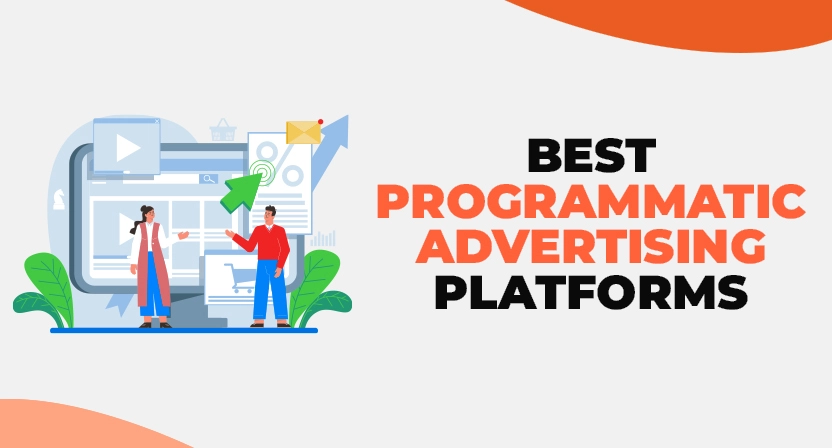
10 Best Programmatic Advertising Platforms
Programmatic Advertising is the use of software for digital marketing to buy target audiences instead of any particular ad space, like buying inventory on a website that serves a particular demography instead of buying a primetime slot in media space hoping to reach the target audience. It aims to better optimize & improve the quality of Ads. Moreover, as human labor reduces, one gets more time to plan other things efficiently. DSP: Demand Side Platform is a management software that enables automatic buying & selling of advertising. Here, we discuss the popular programmatic DSP platforms.
 by Editorial Staff
by Editorial Staff
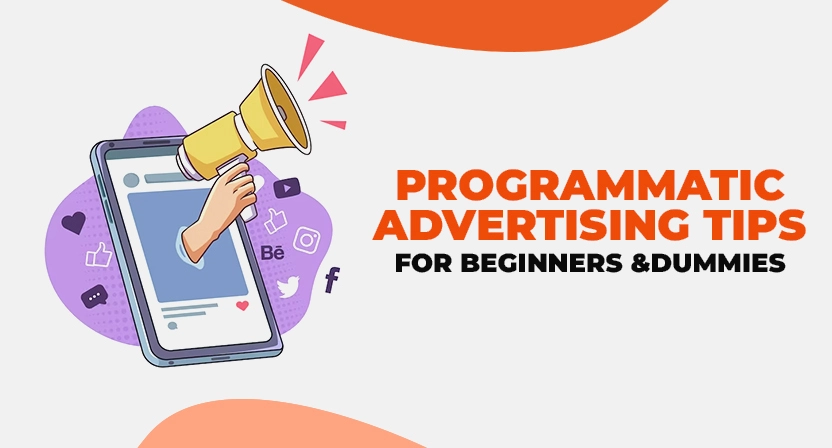
Programmatic Advertising Tips for Beginners and Dummies
Programmatic Advertising is the use of software to buy digital media space targeting specific audiences instead of buying ad spaces in conventional media channels. For instance, buying an ad space on a website that serves a particular demography instead of buying a primetime slot on TV can be done through programmatic buying in order to reach the target audience better. The aim is to optimize & improve the quality of Ads more. So, by reducing manual labor, one gets more time to plan other things more efficiently. Programmatic advertising is basically using computers to buy ads based on certain metrics so as to ensure optimal ROI. Investments in programmatic ads reached 39 billion dollars in 2018 in the US. It is predicted that B2B companies that are slow in the uptake of programmatic technology compared to B2C companies will speed up the adaptation process in 2019.
 by Editorial Staff
by Editorial Staff
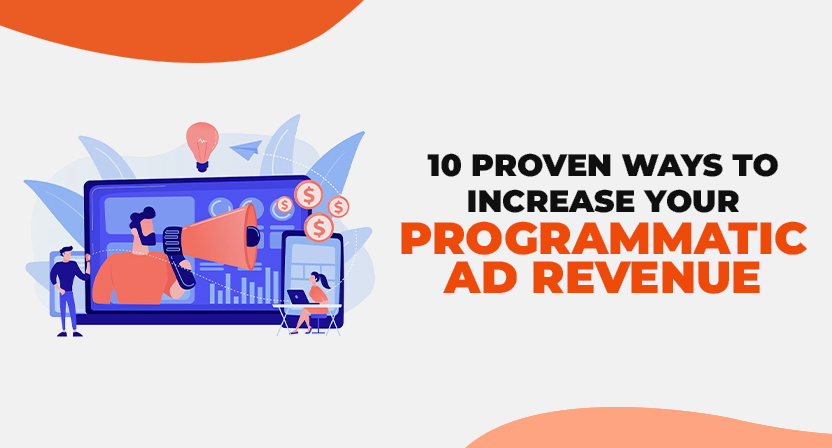
10 Proven Ways to Increase Your Programmatic Ad Revenue
Programmatic sale is the sale and purchase of online advertising with use of fully automated systems. Having been quickly adopted in different markets, this system makes the sale of media inventory easy, fast and more flexible. With the abundance of content and ad inventory across various marketing channels, both brands and technologies are becoming increasingly cautious about where ads are served through programmatic channels. Advertisers tend to put more money in the pockets of brand-safe publishers to align themselves with safe and vetted content. To survive in this constantly evolving ad-tech ecosystem, publishers today have to invest heavily in content planning and communicate in accordance with their audience. To achieve this, it is important to scale your advertising revenue, thus bringing us to the topic of how we can expand programmatic advertising revenue, across all possible channels.
 by Editorial Staff
by Editorial Staff
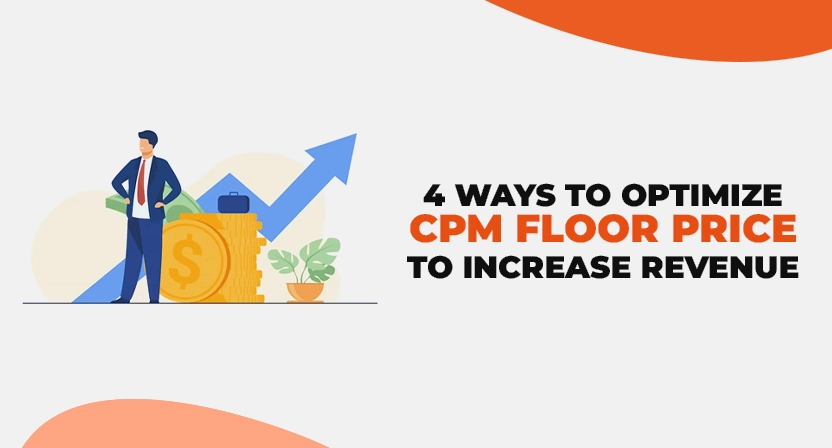
4 Ways to Optimize CPM Floor Price to Increase Revenue
Open auctions bring the majority of the digital ad revenue for publishers. Depending on the site's niche, user engagement, and the return on investment delivered on the advertiser creatives, one can significantly raise his overall earnings by playing around with the price floors. However, in the long run, this can get significantly tricky, and thus, when implementing price floor optimization, you need to keep in mind the interest of your advertisers and buyers. By the end of this post, you will learn how to optimize CPM floor prices, how to increase your overall website revenue, and the best practices and tactics to keep in mind for the long-term mutual benefit of both the publisher and advertiser.
 by Editorial Staff
by Editorial Staff













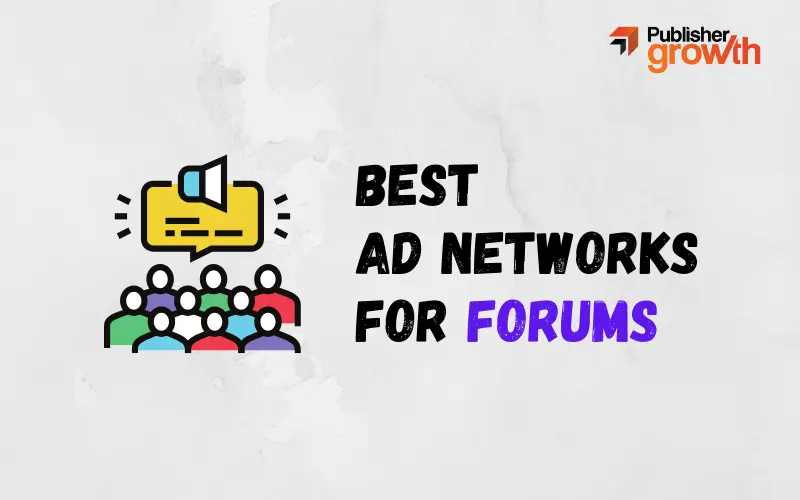



-1668044393.jpeg)